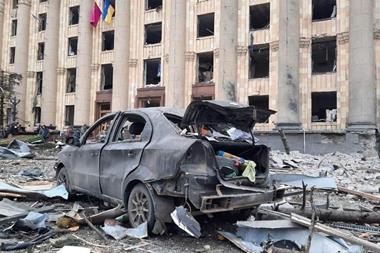NETHERLANDS - The cover ratio of most Dutch pension funds has fallen to less than the 105% minimum required by the government, according to Hewitt Associates.
The consultants said the funding ratio of the average Dutch scheme dropped by 4 percentage points to 102% in May, causing a funding shortfall at most schemes.
Pension funds that had managed to recover their funding ratio to more than 105% for three consecutive quarters will now have to draw up a new short-term recovery plan, according to Arnold Jager, consultant at Hewitt.
The Financial Assessment Framework (FTK) requires pension funds with a cover ratio of less than 105% to indicate how they plan to raise their funding to 105% within five years.
According to Jager, a prolonged recovery period might be beneficial to pension funds, but only if pension regulator De Nederlandsche Bank (DNB) doesn’t prescribe the new and lower limits for assumptions on future returns, as social affairs minister Piet Hein Donner has proposed.
Jager added: “A new recovery plan will force many company funds to ask the employers for additional funding again.”
Hewitt takes the average pension fund cover ratio figures from the potential cover ratio of a fictitious pension fund, which it created based on figures of pensions regulator DNB and investment data provider the WM Company.
Meanwhile, Dennis van Ek, principal at Mercer, has estimated the average cover ratio of pension funds has decreased to between 95% and 100%, after a cover of 109% on average at year-end as measured by DNB.
He attributed the decline in particular to increasing liabilities due to dropping long-term interest rates and increased longevity as forecasted by Statistics Netherlands (CBS).
Van Ek said: “The 30-years swap rates in particular have dropped from 3.9% to 3.2% in 2010, causing cover ratios to decrease by 5-6% percentage points at schemes that have hedged 50% of the interest risk on their liabilities.”
He added that most large, industry-wide schemes have applied a lower hedge.












No comments yet